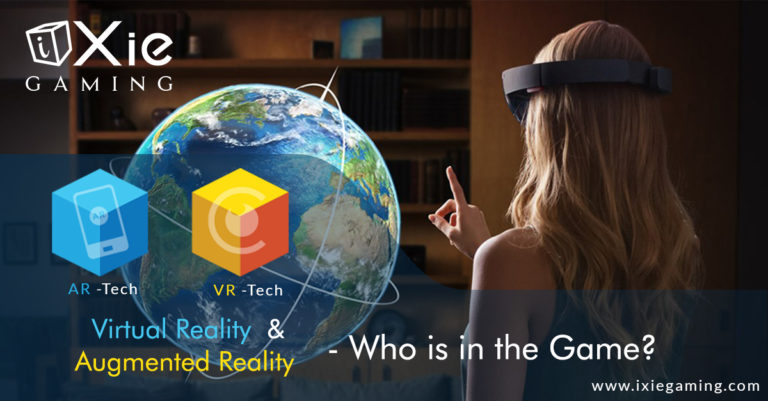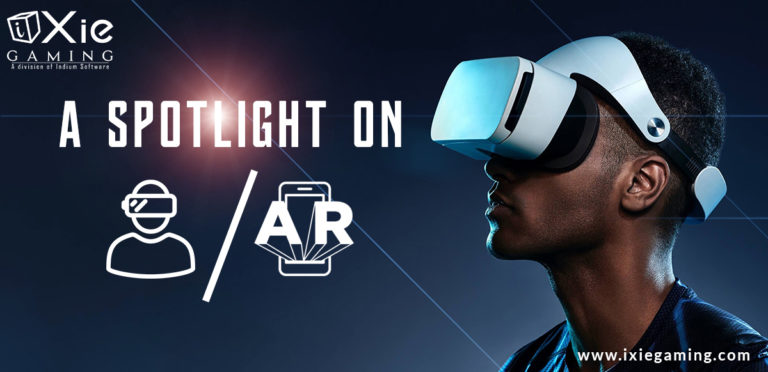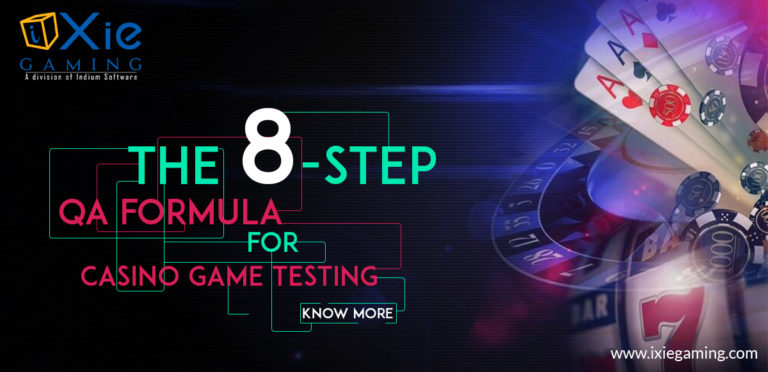Advancements in artificial intelligence (AI) have revolutionized the gaming industry, enhancing programming and player experiences. As AI continues to advance, the future of art and AI in game development holds tremendous promise. In this article, we’ll explore the evolving relationship between art production and AI, discussing their potential impact on the gaming industry.
Artists have always played a crucial role in game development, meticulously creating characters, environments, and animations. However, AI is redefining the boundaries of game artistry. Machine learning algorithms now generate realistic textures, procedural landscapes, and lifelike animations, reducing the time and effort required by human artists. This collaboration between artists and AI technology enables developers to push artistic boundaries while meeting production schedules.
Moreover, AI algorithms analyze vast amounts of data, including player behavior and preferences, to create personalized and adaptive gaming experiences. AI-driven tools generate dynamic content, adapt game mechanics, and customize aesthetics, resulting in more engaging gameplay and new storytelling possibilities.
While integrating AI in game production offers unparalleled possibilities, it raises ethical considerations and questions about the balance between human creativity and algorithmic assistance.
In this blog, we’ll delve into the future of art and AI in game production, exploring the latest advancements, challenges, and potential industry-wide impacts. Join us as we unlock the endless possibilities that emerge from the fusion of creativity and technology in interactive entertainment.
More Realistic Gaming
Online gaming companies stand to benefit significantly from the application of artificial intelligence (AI), particularly in the areas of simulation performance, graphic quality, and realism. The predictive skills of AI allow game makers to construct very realistic and immersive virtual gaming environments.
Predicting the outcomes of complicated gaming systems is one area where AI is having a significant effect. This feature is especially helpful for online games, which rely on real-time simulations to work successfully. With the help of AI, game designers may implement more realistic, efficient, and responsive simulations, giving players a more satisfying and fluid experience.
Generating Game Content
Every video game features countless unique models, animations, sounds, graphics, and more. Producing these assets takes a long time and a lot of money. Artificial intelligence may be used to create these assets quickly and cheaply at scale, in a variety of aesthetic styles.
Using text-generating techniques and already-instructed narratives, AI can also construct interactive narratives. AI Dungeon 2 is a well-known example of such a program, a text-based fantasy simulation. The narrative game has AI-driven quests and limitless material, allowing players to type in any action and go through the game at their own pace by instructing AI to generate whatever they want their character to do.
Maintaining the In-game Complexity
The fundamental benefit of AI algorithms is that they can represent intricate systems. Developers strive relentlessly to make games that seem more realistic and engaging. Unfortunately, it’s not easy to simulate the real world.
By modeling external factors like weather and player emotions, AI algorithms can help keep the game’s complexity in check. Game modes like FIFA’s Ultimate Team are a practical example of this concept in action.
The personalities of the players on a football team are used by FIFA to generate a chemistry score for the squad. Team morale rises and falls in response to on-field results like losing possession and making a timely pass, etc.
This is how superior-player teams can lose to inferior-player teams simply due to lower team spirits. Artificial intelligence may be used to increase complexity in this way.

Game Testing
Game designers need to go through their games and stages inside the game to discover glitches, faults, shortcuts, and all the available player actions. Game testing, thankfully, can now be automated with the help of AI.
When it comes to video games, AI can quickly and accurately identify the dynamically generated components and find all the minor things that may be deleted from the game framework. Incorporating AI-driven technologies streamlines the testing process and saves time for developers.
The Rise of Procedural Generation
The method of creating game content with the use of algorithms rather than by hand is referred to as procedural generation. Procedural generation, which is powered by artificial intelligence, makes it possible to construct enormous and immersive gaming worlds with jaw-dropping graphics that were previously inconceivable.
It is reasonable to anticipate that as AI continues to advance, an increasing number of video games will make use of procedurally generated approaches for the construction of levels, graphics, and even character models. This may save game producers a substantial amount of time and resources, while simultaneously providing gamers with a gaming experience that is more diverse and distinctive.
Smarten Up Game Characters
When the same patterns of behavior are often shown in video games, players quickly lose interest. However, the introduction of AI into games has resulted in characters who are remarkably perceptive, reactive, and clever.
Therefore, these characters are always monitoring user gameplay data and reacting appropriately to increase the fun and challenge of games. Thanks to AI, players of all backgrounds and skill levels may now show off their abilities in a wide variety of games.
NPC (non-player character) Intelligence Enhancement
The majority of the enemies in today’s games are non-player characters (NPCs), however, advances in AI are making it possible to give these characters some degree of intelligence. They will become less predictable as a result, which will make it more fun to compete against them.
In addition, AI enables non-playable characters (NPCs) to become more intelligent throughout the game and to react to the various circumstances of the game in creative and original ways. A great number of game companies have already begun developing NPCs that are based on AI.

Image Enhancement
Engineers in artificial intelligence are at the forefront of picture enhancement technologies, working tirelessly to perfect deep learning algorithms that can make 3D-rendered visuals look as lifelike as possible.
Recently, a neural network was created and tested in Grand Theft Auto 5 that was able to accurately replicate the cityscapes of Los Angeles and Southern California. The state-of-the-art AI algorithms for enhancing pictures can make high-quality synthetic 3D images look almost identical to real-life pictures.
Enhancing the visuals of older games is a major use of image-enhancement technology in the gaming business. Artificial intelligence (AI) upscaling algorithms have been created for this purpose; they may take a low-resolution image and produce a version with significantly more pixels. This method has been used to give classic games a modern makeover that appeals to a wider audience.
Also Read: Everything you need to know about 3D Game Art Production
Conclusion
The future of art and AI in game production is poised to revolutionize the gaming industry, meeting the demands of ever-evolving multiplayer games and engaging gameplay. As players seek constantly changing game worlds, AI will play a crucial role in creating dynamic and immersive experiences. While the integration of AI in game design poses challenges, the industry’s curiosity and ongoing advancements in this field make significant progress inevitable. The synergy between artistry and AI has the potential to reshape the gaming landscape, pushing boundaries, and delivering unprecedented levels of interactivity and storytelling






